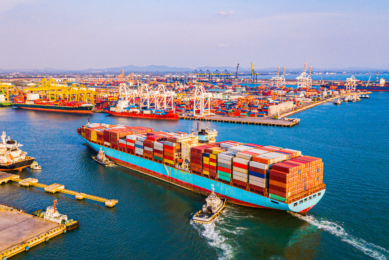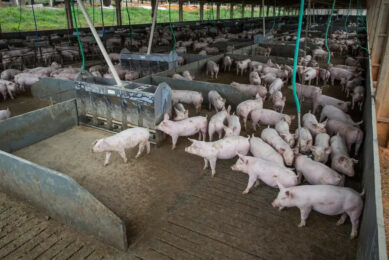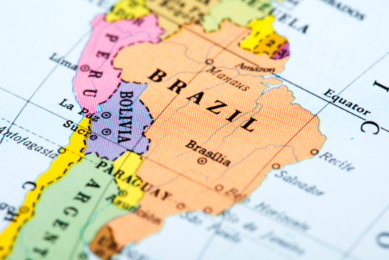Brazil has lowest pig production costs of 17 important countries
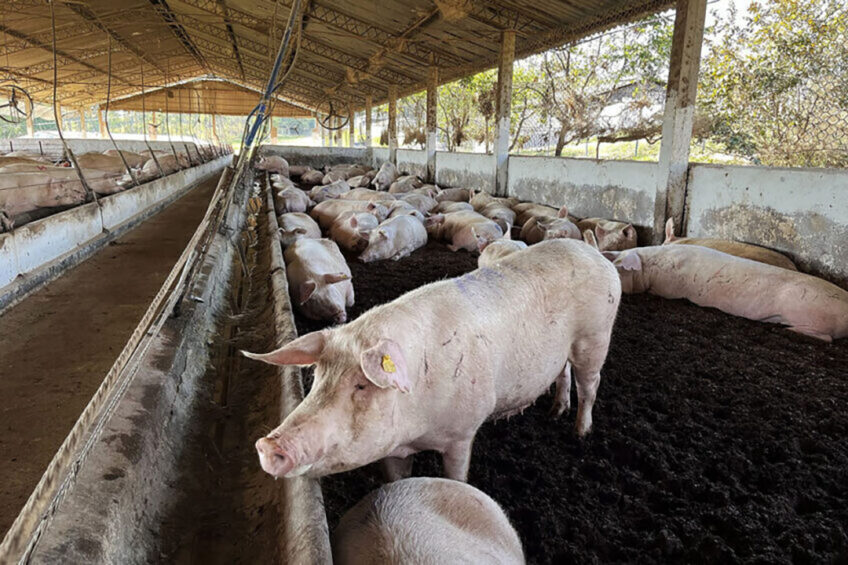
Brazil has the lowest pig production costs compared to 17 relevant producing countries. That is the conclusion of a report by InterPig, which includes institutions from Europe, North America and South America.
According to the study, the Brazilian states of Mato Grosso and Santa Catarina lead with costs of US$ 1.13 and US$ 1.28 per kg of live pigs. The United States follows with US$ 1.42/kg live, then Denmark (US$ 1.49), Spain (US$ 1.66), the Netherlands (US$ 1.74) and Germany (US$ 1.83) complete the top-6.
Cost increase 2022
The global costs of pig production increased significantly in 2022. In the case of Brazil, the costs rose between 10% and 12% in comparison to 2021. The Group for Comparison of Production Costs in Pig Farming (InterPig network) gathers institutions from 17 pork-producing countries, including Brazil, which is represented by Embrapa Pigs and Poultry (Embrapa Suínos e Aves).
The average for countries that are part of the InterPig network is US$ 1.72 per live kg. InterPig involves institutions from 14 European countries (Germany, Austria, Belgium, Denmark, Spain, Finland, France, Netherlands, Hungary, Ireland, Italy, United Kingdom, Czech Republic, and Sweden), 2 North American countries (Canada and the United States) and Brazil, with estimates for Mato Grosso, in the country’s Central-West region, and Santa Catarina, in the South region.
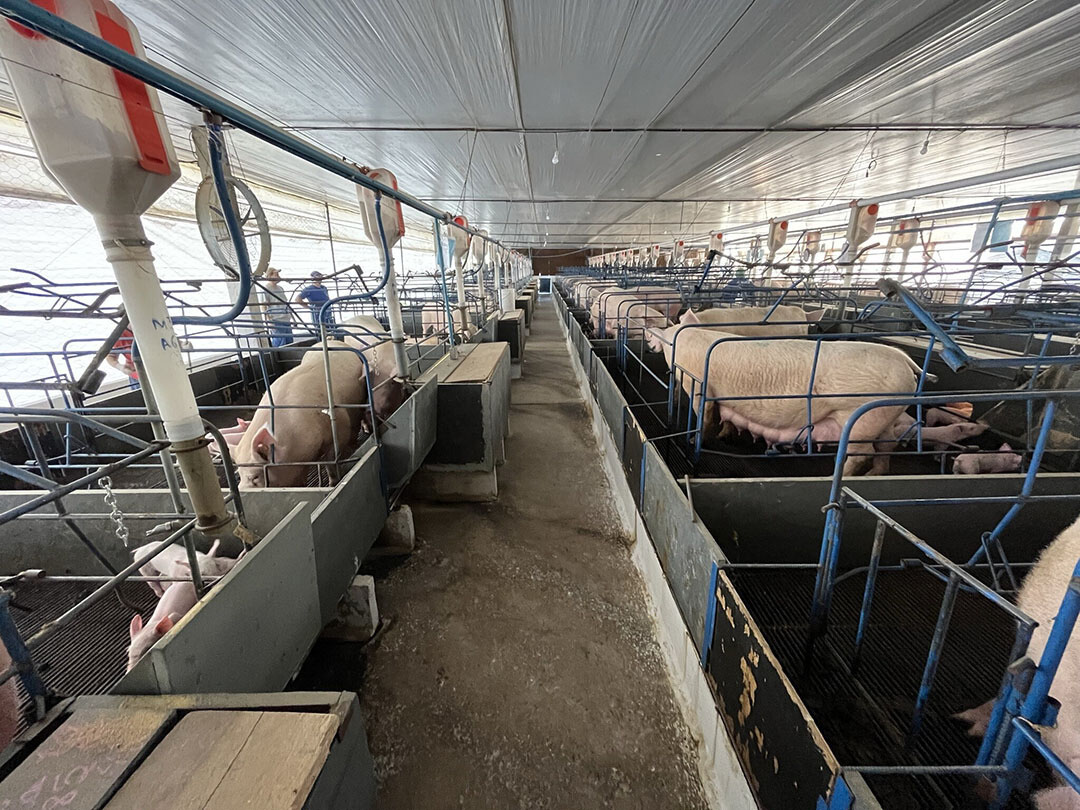
Lower prices paid to pig farmers
When viewed in terms of market prices, however, the lowest prices received per live kg could also be found in Brazil, i.e. US$ 1.06 in Mato Grosso, and US$ 1.10 in Santa Catarina. In comparison: the average in the United States is US$ 1.58 per live kg.
“The main objective of this publication is to bring information to agents in the production chain in Brazil about the degree of competitiveness of their main competitors,” commented Marcelo Miele, researcher in socio-economics at Embrapa Pig and Poultry in Santa Catarina.
He highlighted that all countries showed a significant increase in production costs in 2022 and that the prices received for pigs also increased, however, in most countries the variation was lower than the costs, generating losses in pig farming. The US is an exception.
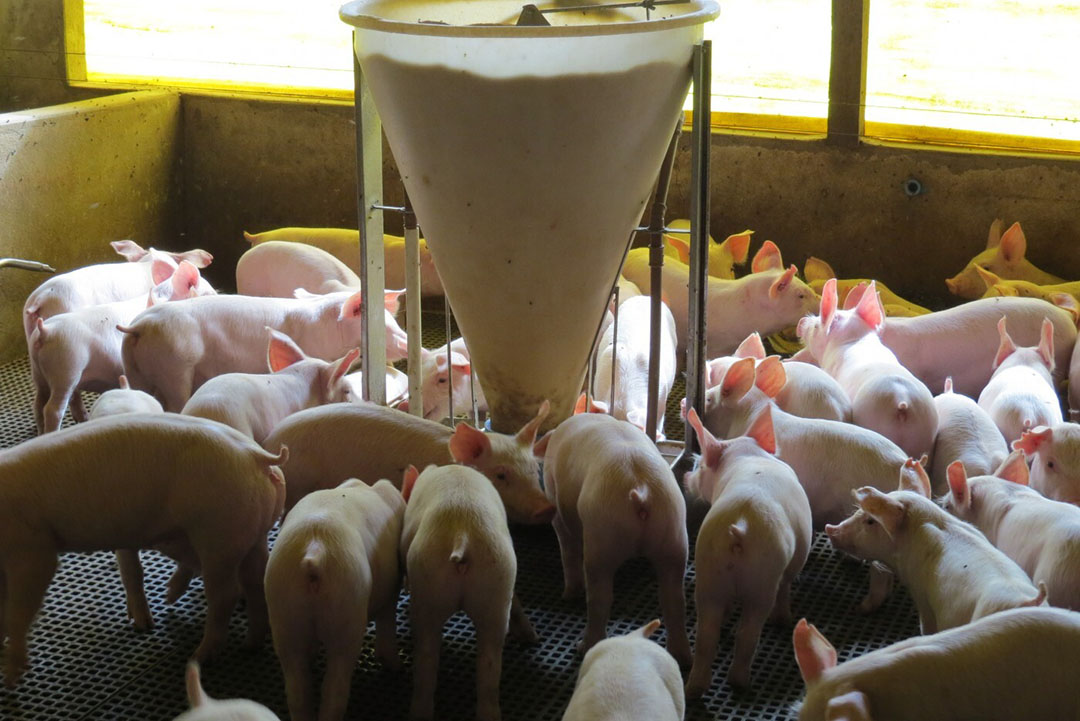
High prices of corn and soybean meal
The researcher explained that the general increase in production costs in 2022 occurred mainly due to the prices of corn and soybean meal. Animal feed inputs were impacted by both climate and geopolitical events such as the war in Ukraine. This made fertilisers more expensive and reduced the global grain supply. Miele: “In addition, global inflation in prices (electricity, vaccines, and medicines and construction), labour remuneration and its impact on interest rates also stand out.”
Wages and feed
Also worth mentioning is the lower remuneration of labour and the lower cost of installations. In the case of salaries, Brazil has levels much lower than those practiced abroad. Working 1 hour in Brazil was rewarded with around US$ 3, while in an important competitor like Spain, it is US$ 16.29.
The cost of animal feed, however, was the main determinant. Pig farming in Mato Grosso had the lowest feed costs in this comparison. In that state, an average of US$ 0.87 was spent to produce one kg of live pigs, given the low feed conversion and lower feed prices. In Santa Catarina, this value was around US $ 1.02. Denmark and the United States deserve to be highlighted, with a cost of US$ 0.96 and US$ 1.03 per kg of live animal, respectively.
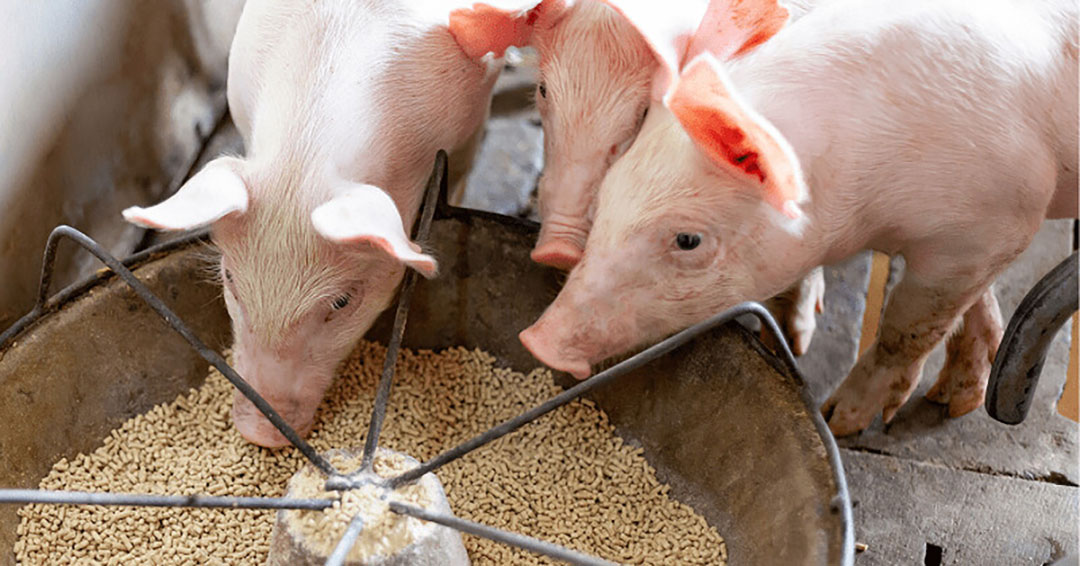
Expanding pig meat exports
The general picture in 2023 is a drop in feed prices and stability in other prices, but at high levels, except for a certain relief in electricity and an increase in wages. The prices received per kg of live pigs also show a tendency to recover in most countries. Therefore, the researcher points to the prospect of expanding opportunities for Brazilian exports next year. “Today [these exports] occupy fourth place in the international pork market, but they could take third place if shipments from Brazil surpass those from Canada. If this is reflected in the prices received by producers, there will be a positive impact on profit margins,” Miele said.
The main factors that explain Brazil’s lower costs compared to these countries, according to him, are related to production efficiency and prices. The country has presented competitive zootechnical coefficients, which is a result of the application of technology and herd health by doing investments in farm biosecurity.



